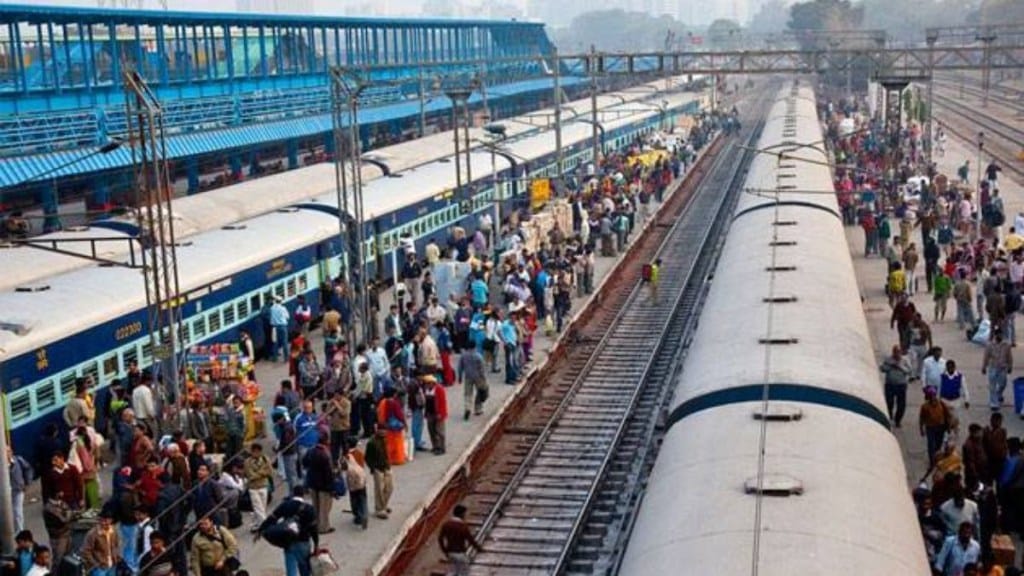In a noteworthy shift in passenger preferences, as much as 95.3 percent of the total 390.2 crore railway passengers between April and October 2023 chose general and sleeper classes, while a mere 4.7 percent opted for AC coaches, according to railway officials.
This surge in the preference for general and sleeper classes marks a significant change in the dynamics of railway travel. Officials reported a substantial increase in the number of passengers choosing these classes between April and October this year compared to the corresponding period last year.
The Railways, in a press release, disclosed that it catered to a total of 390.2 crore passengers across categories in these seven months of 2023. This reflects an impressive increase of 41.1 crore passengers, translating to an 11.7 percent rise from the 349.1 crore passengers during the same period in 2022. Out of this surge, a staggering 38 crore passengers, constituting 92.5 percent, traveled in non-AC classes (general and sleeper), while the remaining 3.1 crore passengers chose air-conditioned coaches.
95.3% travellers opted for general and sleeper classes
Breaking down the passenger distribution, the numbers mirror a consistent trend, with 95.3 percent opting for general and sleeper classes, while 4.7 percent preferred AC classes. “This shows that 95.3 percent of passengers, out of the total number between April and October 2023, travelled in general and sleeper class and 4.7 passengers chose AC classes,” a railway official said. A railway official highlighted this trend, emphasising that the majority of passengers between April and October 2023 favored general and sleeper class accommodations.
Shift in passenger preferences
In addition to the shift in passenger preferences, the Railways also noted an increase in the number of daily trains compared to pre-Covid days. The current operational count stands at 10,748 trains daily, a substantial increase from the 10,186 trains that ran daily in the pre-Covid era.
The most notable surge is observed in the number of mail and express trains, rising to 2,122 from 1,768 in the pre-Covid period. Suburban trains, connecting suburbs and cities, have also seen an uptick, increasing from 5626 to 5774 in the post-Covid period.
Recognizing the daily commuting needs within cities, the Railways responded by introducing 2,852 trains for daily commuters, a significant rise from the 2792 trains in the pre-Covid era. The railway official hinted at plans to introduce more trains in all categories, acknowledging the massive increase in the number of daily passengers.
This shift in railway passenger trends underscores the evolving dynamics of travel preferences and the adaptability of railway services to meet the changing demands of commuters.
